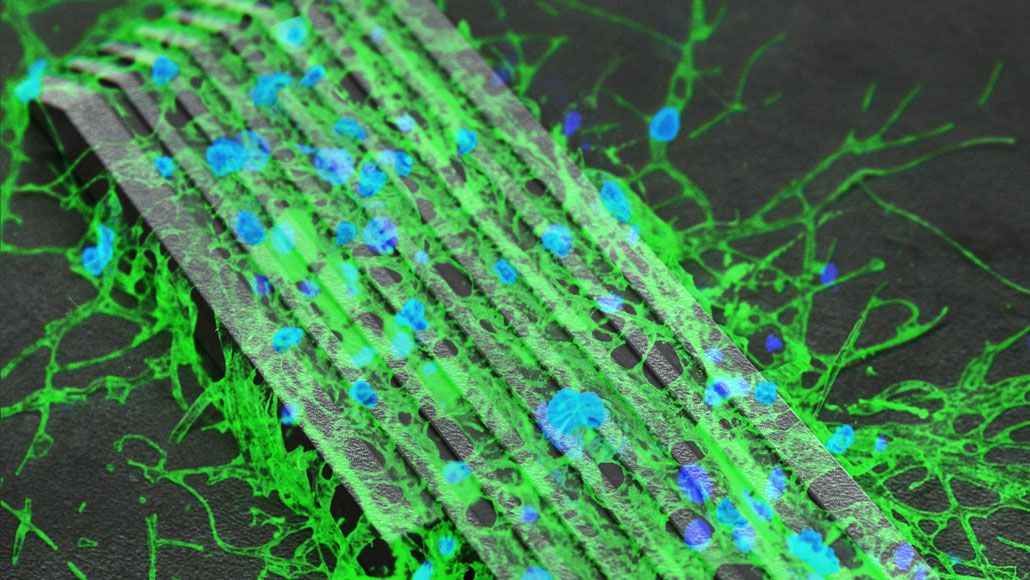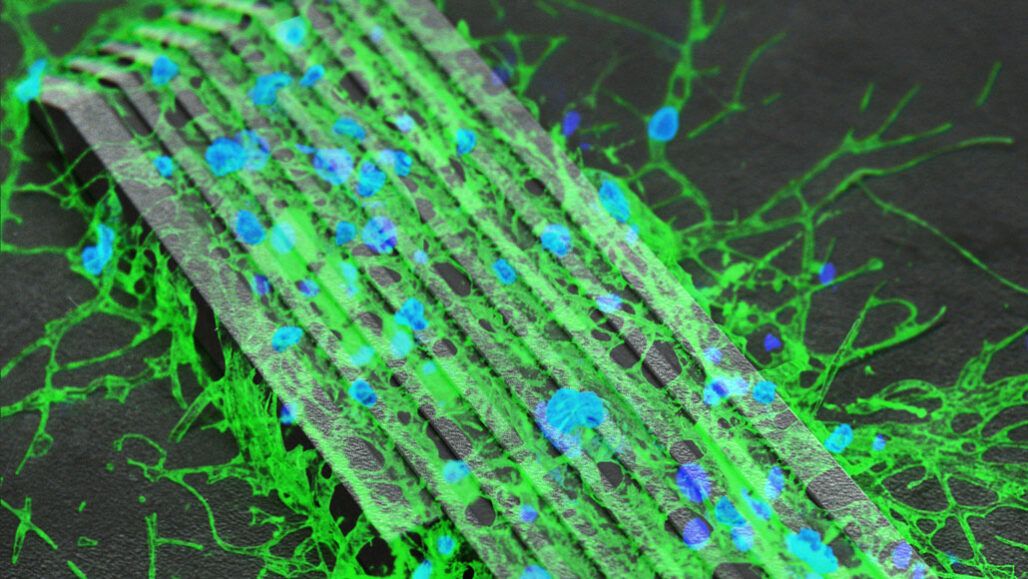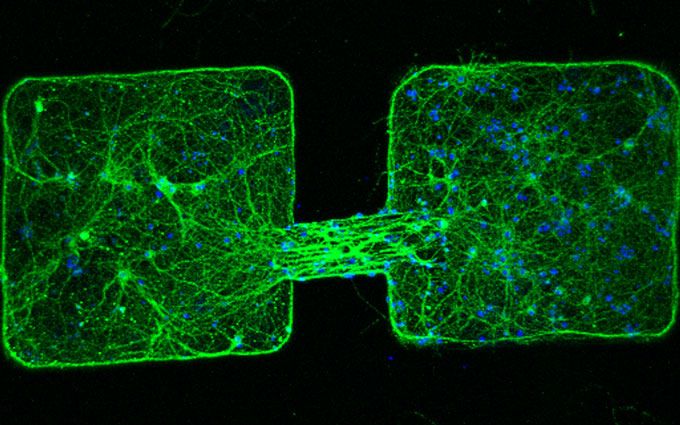|
Sponsored by |
|---|
|
|
|
-
Need help navigating the forum? Find out how to use our features here.
-
Did you know we have lots of smilies for you to use?
You are using an out of date browser. It may not display this or other websites correctly.
You should upgrade or use an alternative browser.
You should upgrade or use an alternative browser.
Lunacy I didn't know that!
- Thread starter CarolKing
- Start date
CarolKing
Always in search of the perfect vaporizer
Too much candy: Man dies from eating bags of black licorice.
Click to copy
Too much candy: Man dies from eating bags of black licorice
By MARILYNN MARCHIONEyesterday

This Wednesday, Sept. 23, 2020 photo shows an arrangement of licorice candy pieces in New York. A Massachusetts construction worker’s love of black licorice wound up costing him his life. Eating a bag and a half every day for a few weeks threw his essential nutrients out of whack and caused the 54-year-old man’s heart to stop, doctors reported Wednesday, Sept. 23, 2020. (AP Photo/Patrick Sison)
A Massachusetts construction worker’s love of black licorice wound up costing him his life. Eating a bag and a half every day for a few weeks threw his nutrients out of whack and caused the 54-year-old man’s heart to stop, doctors reported Wednesday.
“Even a small amount of licorice you eat can increase your blood pressure a little bit,” said Dr. Neel Butala, a cardiologist at Massachusetts General Hospital who described the case in the New England Journal of Medicine.
The problem is glycyrrhizic acid, found in black licorice and in many other foods and dietary supplements containing licorice root extract. It can cause dangerously low potassium and imbalances in other minerals called electrolytes.
I didn’t know this could happen. Good thing I like red licorice. I can eat a whole bag of strawberry Twizzlers..

CarolKing
Always in search of the perfect vaporizer

Tiny, magnetically controlled robots coax neurons to connect | Science News
Research using microrobots and nerve cells from rats could point to new treatments for people with nerve injuries.
New research could point to additional treatments for people with nerve injuries

Nerve cells (colored blue and green in this microscope image) grow along thin grooves of a microrobot that scientists control with magnetic fields.
HONGSOO CHOI/ DGIST-ETH MICROROBOTICS RESEARCH CENTER
Share this:
SEPTEMBER 25, 2020 AT 2:00 PM
Tiny robots can operate as nerve cell connectors, bridging gaps between two distinct groups of cells. These microscopic patches may lead to more sophisticated ways to grow networks of nerve cells in the laboratory, and perhaps even illuminate ways to repair severed nerve cells in people, researchers report September 25 in Science Advances.
Engineers Eunhee Kim and Hongsoo Choi, both of the Daegu Gyeongbuk Institute of Science and Technology in South Korea, and colleagues first built rectangular robots that were 300 micrometers long. Slender horizontal grooves, about the width of nerve cells’ tendrils that exchange messages with other cells, lined the top.
These microrobots were fertile ground for rat nerve cells, the researchers found. As the cells grew, their message-sending axons and message-receiving dendrites neatly followed the robots’ lined grooves.
Once laden with about 100 nerve cells, a microrobot’s objective was to nestle between two separate islands of nerve cells, grown on glass plates, and bridge the gap. Rotating magnetic fields sent the microrobot tumbling pell-mell toward its target. When the microrobot drew close, researchers used a steadier magnetic field to align the bot between the two clusters of cells.

The nerve cells on the microrobot then grew out toward the clusters, while the cells in the clusters grew onto the bot. These new connections allowed neural signals to flow from one cluster of nerve cells to another, electrodes revealed.
Creating these neural bridges might help researchers design better replicas of complex nerve cell networks in the brain. Similar systems could also lead to new ways of studying nerve cell growth, experiments that could ultimately point to therapies for people with nerve injuries (SN: 8/11/16). Such precision building could also be useful in computing, allowing scientists to design and build biological computers with nerve cells.
felvapes
Well-Known Member
Gets cold in Russia, lot of snow
Gotta keep warm somehow......
Where did the term "Tree hugger" come from?
The first tree huggers were 294 men and 69 women belonging to the Bishnois branch of Hinduism, who, in 1730, died while trying to protect the trees in their village from being turned into the raw material for building a palace. They literally clung to the trees, while being slaughtered by the foresters. But their action led to a royal decree prohibiting the cutting of trees in any Bishnoi village. And now those villages are virtual wooded oases amidst an otherwise desert landscape.
Not only that, the Bishnois inspired the Chipko movement (chipko means “to cling” in Hindi) that started in the 1970s, when a group of peasant women in the Himalayan hills of northern India threw their arms around trees designated to be cut down. Within a few years, this tactic, also known as tree satyagraha, had spread across India, ultimately forcing reforms in forestry and a moratorium on tree felling in Himalayan regions.
|
Sponsored by |
|---|
|
|
|